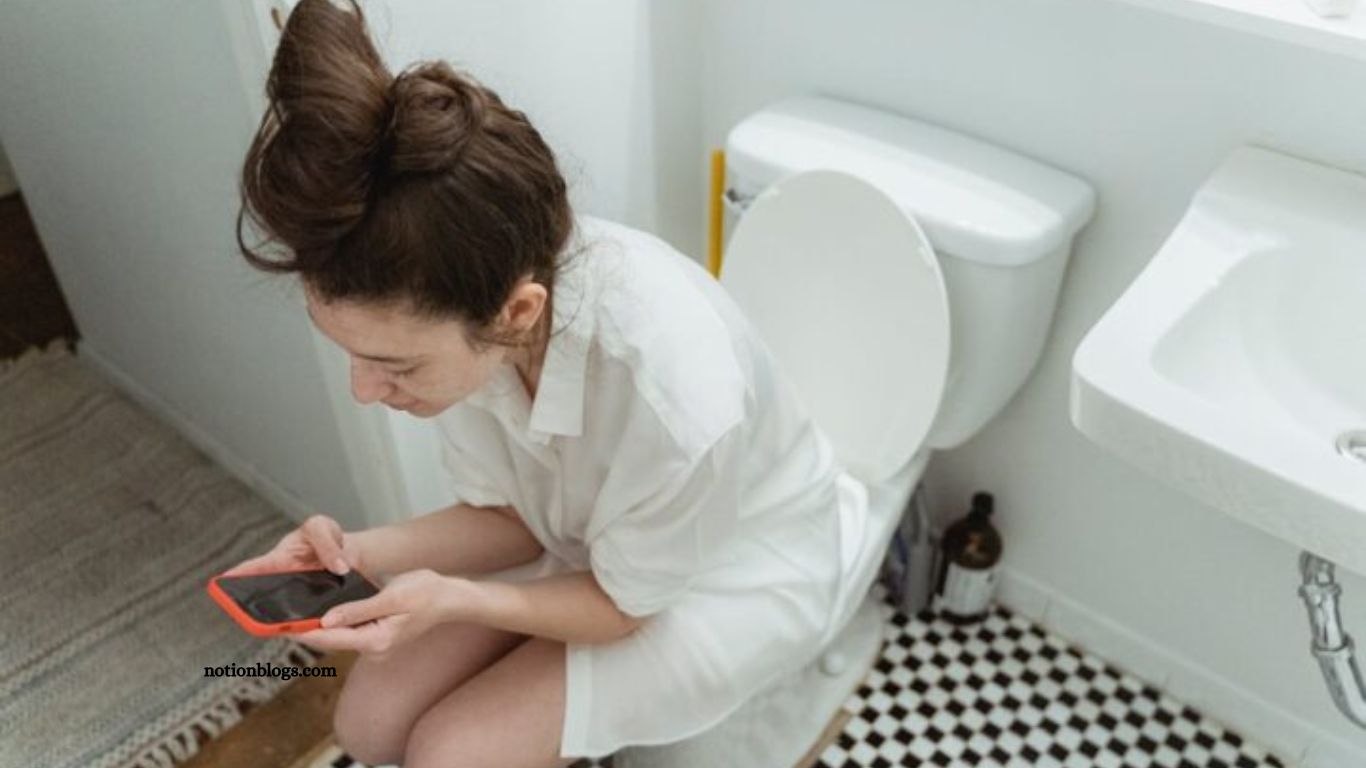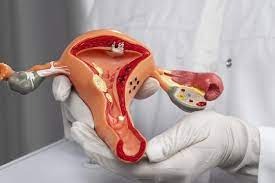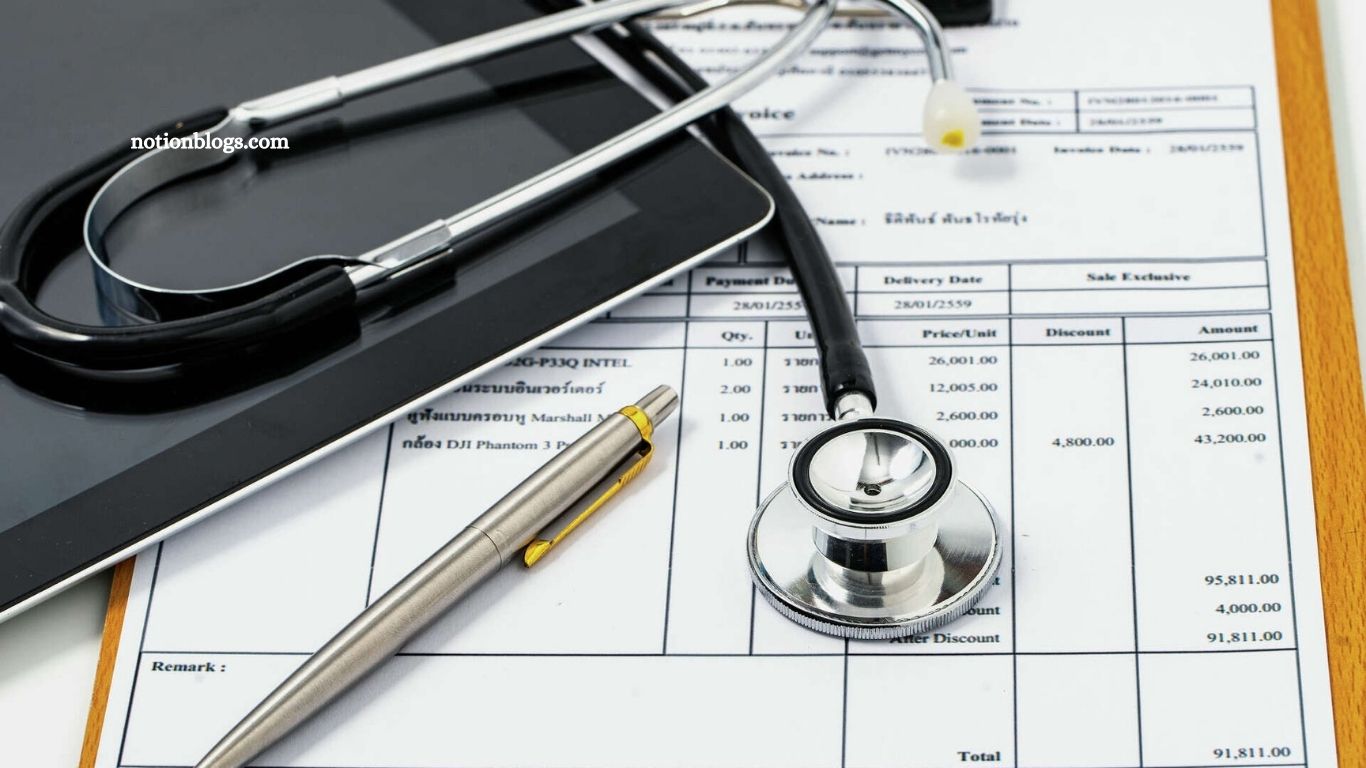New research indicates that using your phone while sitting on the toilet may increase your risk of developing hemorrhoids. A study published on September 3 in PLOS One examined the bathroom habits of 125 adults undergoing colonoscopies at Beth Israel Deaconess Medical Center in Boston. Nearly two-thirds admitted to scrolling during toilet visits, and those who did were 46% more likely to develop hemorrhoids than non-users.
Researchers found that phone users spent longer periods on the toilet often five minutes or more and tended to be less physically active overall. Experts say that constipation, straining, and prolonged sitting all contribute to hemorrhoid risk, while lifestyle changes like more fiber, hydration, movement, and less toilet scrolling can help reduce it.
Read More: 7-Day Anti-Inflammatory Meal Plan: Recipes, Tips, and More
Toilet Phone Use and Hemorrhoids
Michael J. Allen, MD, a family medicine and primary care physician at Houston Methodist Clear Lake, explained that sitting on the toilet for extended periods can put rectal veins under pressure. Allen was not involved in the study.
“Blood tends to pool, and that swelling makes hemorrhoids more likely,” he told Healthline. “Think of it like kinking a garden hose; the longer you do it, the more backpressure builds up.”
Prolonged sitting combined with the forward-leaning posture common during phone use can lead to straining and swelling.
“This position causes continuous pressure on the delicate veins, resulting in swelling and increasing the chances of hemorrhoids developing,” said Snieguole Geige, MD, of It’s Me & You Clinic, who was also not involved in the study.
“It can’t be compared to sitting on a chair where the pelvis has some support,” she added. “As the pressure persists minute after minute, often without you even realizing it, these vascular cushions become engorged and stretched.”
Hemorrhoids are mainly caused by anything that increases pressure in the lower rectum.
“The big ones are constipation, straining, sitting too long—whether on the toilet or at a desk—pregnancy, chronic diarrhea, and low-fiber diets,” Allen said. “All of these make the veins swell and bulge, and that’s what creates hemorrhoids.”
Hemorrhoid Symptoms to Watch Out For
While habits like scrolling on the toilet can increase your risk of hemorrhoids, it’s important to recognize the signs early so you can determine whether self-care is sufficient or if medical attention is needed.
“Most people notice itching, some discomfort, or swelling around the anus, and sometimes blood after a bowel movement,” said Snieguole Geige, MD. “Some patients also develop a sore lump that can easily be felt.”
For most, hemorrhoids are an uncomfortable but manageable condition. However, certain symptoms can indicate a more serious problem.
Michael J. Allen, MD, advises seeing a doctor if you experience any of the following:
- Dark, black, or tarry stools
- Persistent or heavy bleeding
- Pain that doesn’t improve with over-the-counter measures
- Symptoms lasting longer than a week
How to Reduce Your Risk of Hemorrhoids
One of the simplest ways to reduce your risk of hemorrhoids is to leave your phone out of the bathroom. If that’s not possible, there are strategies to make toilet visits safer.
Snieguole Geige, MD, recommends using a small footstool to raise your feet slightly. “This brings your knees up, putting your body in a better position to go without straining,” she explained.
Diet also plays a major role. Michael J. Allen, MD, noted that a high-fiber diet softens stool and makes it easier to pass, reducing straining. “Aim for 25–30 grams of fiber daily from fruits, vegetables, beans, and whole grains,” he advised.
Hydration is equally important. “Without enough fluid, fiber can dry things out instead of helping,” Geige said. She recommends drinking water regularly, such as a glass with each meal, to support bowel regularity.
Exercise can also help prevent constipation and hemorrhoids. Even light walking is beneficial. “When lifting heavy objects, bend at the knees and keep your back straight to avoid unnecessary pressure in the rectal area,” Geige added.
Treatment Options for Hemorrhoids
In most cases, hemorrhoids can be easily treated.
“Mild cases often improve with over-the-counter creams or suppositories,” said Michael J. Allen, MD. “Sitz baths can also help, and cold compresses can reduce swelling.” To relieve pain, oral medications such as ibuprofen or acetaminophen may be effective.
For severe or recurrent cases, or when bleeding is significant and conservative treatments fail, medical procedures may be necessary. “Options include rubber band ligation, sclerotherapy, or surgical removal,” Allen explained. “Surgery is rare and usually reserved for stubborn cases.”
While hemorrhoids are common, risk can be lowered through simple lifestyle changes. The bottom line: eat more fiber, stay hydrated, exercise, and spend less time on your phone while on the toilet.
Frequently Asked Questions (FAQs) About Hemorrhoids
Can using my phone on the toilet really cause hemorrhoids?
Yes. Prolonged sitting and straining on the toilet, often worsened by phone use, can increase pressure on rectal veins, raising the risk of hemorrhoids.
What are the common symptoms of hemorrhoids?
Itching, swelling, discomfort around the anus, blood after bowel movements, or a sore lump that can be felt.
How can I prevent hemorrhoids?
Increase dietary fiber, stay hydrated, exercise regularly, use a footstool on the toilet to improve posture, and avoid prolonged sitting.
When should I see a doctor?
Seek medical attention if you experience persistent or heavy bleeding, severe pain, symptoms lasting more than a week, or dark/tarry stools.
How are hemorrhoids treated?
Mild cases are often managed with over-the-counter creams, suppositories, sitz baths, or pain relievers. Severe or recurring cases may require procedures like rubber band ligation, sclerotherapy, or surgery.
Conclusion
Hemorrhoids are common, uncomfortable, and often preventable. Simple habits like avoiding prolonged toilet time, limiting phone use in the bathroom, eating a high-fiber diet, staying hydrated, and staying active can significantly reduce your risk. Recognizing the early signs, such as itching, swelling, or minor bleeding, allows most people to manage symptoms at home with over-the-counter treatments, sitz baths, or pain relievers. In more severe cases, medical procedures may be necessary, though these are rare.







